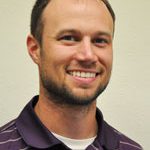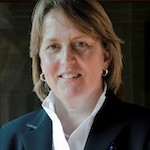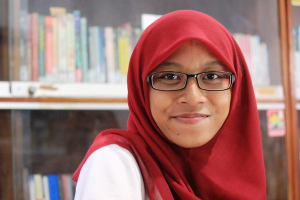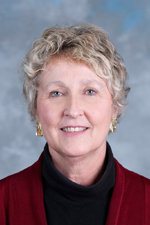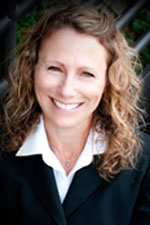 Researchers from the Physical Activity Epidemiology Laboratory (PAEL) in the School of Kinesiology will give six presentations and be included as coauthors on two other presentations at the Society for Health and Physical Educators (SHAPE) America National Convention in Boston, MA, from March 14th to 18th. PAEL Director Zan Gao, Ph.D., and Ph.D. candidates June Lee and Zachary Pope, Ph.D. student Nan Zeng, and undergraduate student Kalli Fautsch will be presenting. Their presentations are listed below.
Researchers from the Physical Activity Epidemiology Laboratory (PAEL) in the School of Kinesiology will give six presentations and be included as coauthors on two other presentations at the Society for Health and Physical Educators (SHAPE) America National Convention in Boston, MA, from March 14th to 18th. PAEL Director Zan Gao, Ph.D., and Ph.D. candidates June Lee and Zachary Pope, Ph.D. student Nan Zeng, and undergraduate student Kalli Fautsch will be presenting. Their presentations are listed below.
Gao, Z., Leininger, B., Schulz, C., Bronfort, G., Evans, R., Pope, Z., Zeng, N., & Haas, M. (2017, March). Relationships between physical activity and low back pain in adolescents
Fautsch, K., Pope, Z., Zeng, N., Zhang, Y., & Gao, Z. (2017, March). Exercise modalities on physical activity and behavior in ASD children.
Lee, J., Pope, Z., Zeng, N., Zhang, Y., & Gao, Z. (2017, March). Effect of home-based Exergaming on preschool children’s cognitive function and cardiorespiratory fitness.
Li, X., Peng, Q., Tan, J., Yang, H., He, W., Zeng, N., & Gao, Z. (2017, March). Relationships among Chinese college children’s motives and physical activity behavior.
Peng, Q., Li, X., Tan, J., Yang, H., He, W., Zeng, N., & Gao, Z. (2017, March). Associations among college students’ physical activity, sedentary time and health.
Pope, Z., & Gao, Z., (2017, March). Effectiveness of smartphone-based physical activity intervention on college student health: Randomized-controlled trial.
Pope, Z., Lee, J., Zeng, N., & Gao, Z. (2017, March). Validity of smartwatches in assessing energy expenditure and heart rate.
Zeng, N., Lee, J., Pope, Z., & Gao, Z. (2017, March). Comparison of physiological and psychological outcomes between normal weight and overweight/obese college students during exergaming.


